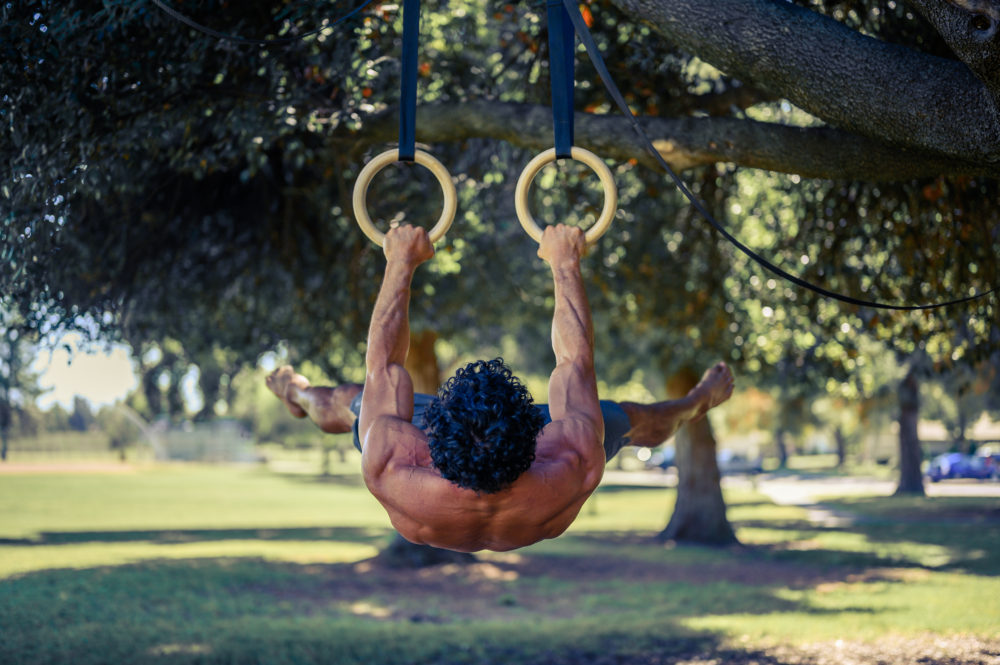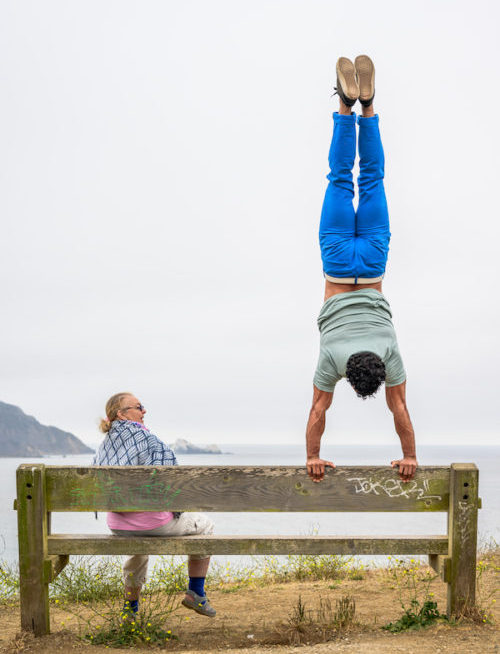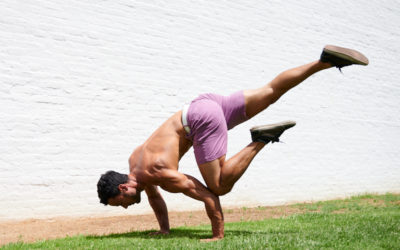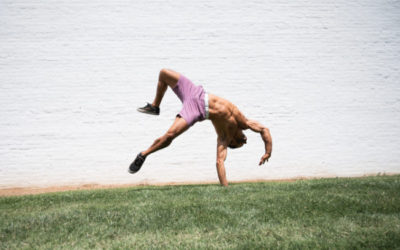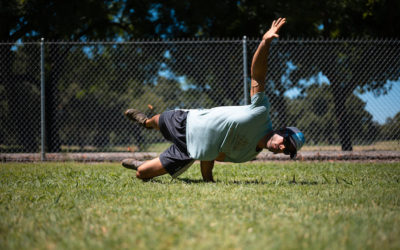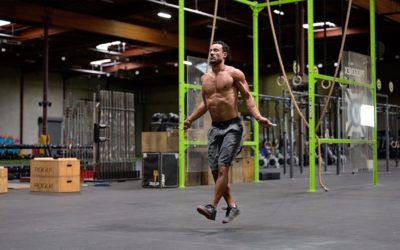Two fundamental ways we can make improvements in our fitness are through physical adaptations and technical improvements, or neurological adaptations. Physical adaptations require hard work, fortitude and pushing through discomfort and pain. Neurological adaptations require practice and lots of high quality repetitions.
Physical adaptations means growing bones, muscles and tendons stronger. These adaptations are essential for sport and fitness and the training required to develop these physical traits will leave your body battered and exhausted. Most people who enjoy working out enjoy this style of training. It’s challenging and leaves you feeling like you accomplished something. The entire HIIT movement is based upon training designed to elicit powerful physical adaptations. Â
Neurological adaptation is a different beast altogether. It is about learning, practicing and improving efficiency. The weights and intensity are generally much lower, so they can be practiced over and over again without the recovery required for tough physical training.
Some examples of practice might include things like jumping onto a climbing rope and quickly gaining a foot lock then jumping off without actually climbing the rope. It takes focus and attention to detail, but because you don’t actually climb the rope there is very little energy expenditure involved. Many people don’t enjoy this type of training because it rarely makes you feel exhausted.
What this training does is increase efficiency and consistency. Efficiency means you can do more work with the same amount of energy. Imagine using a larger and larger wrench to turn a bolt. The bigger your wrench the less strength you need to do the job. This is what practice and technical development is all about.
Because this training doesn’t leave you exhausted some people will view it as easy, or a waste of time. Easy and hard are incorrect descriptions of this type of training. Imagine fielding a ground ball, shooting a free throw, or kicking a soccer ball. Are these physically exhausting tasks? Absolutely not. But does spending hours perfecting these skills provide worthwhile gains to practitioners of their respective sports? Absolutely.
Everyone will benefit from spending more time working on the things they suck at under low intensity requirements. Practice the false grip, execute snatch and clean and jerk with the empty barbell, row at varying cadences, sync your breathing to the tempo of your kipping pull-ups, develop an iron leg lock for rope climbs, and learn to move in squat and deadlift patterns with a braced trunk.
Until you can move efficiently all you are training is mental toughness. When you can challenge your physiology without working against the resistance of your own poor coordination and bad habits you can begin to truly approach your combined physical and mental potential.
